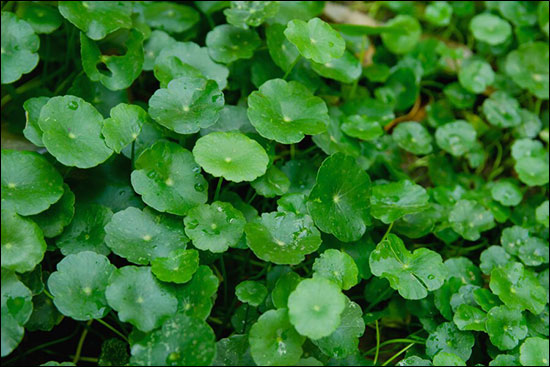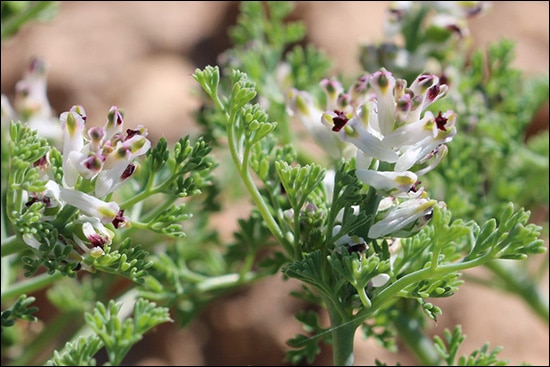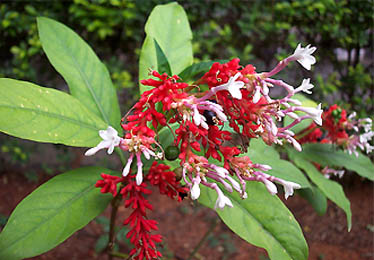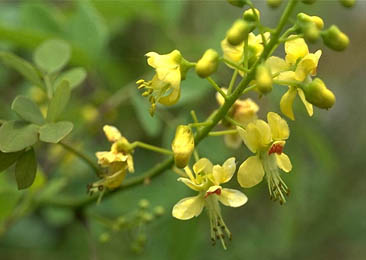
Gotu Kola / Mandukparni / Marshpenny / Centella Asiatica
Gotu Kola / Mandukparni / Marshpenny (Centella Asiatica)- Ayurvedic Properties, Effects On Doshas & Dosage Description All herbs in Ayurveda … Read more

Gotu Kola / Mandukparni / Marshpenny (Centella Asiatica)- Ayurvedic Properties, Effects On Doshas & Dosage Description All herbs in Ayurveda … Read more

Parpata (Fumaria Parviflora)- Medicinal Properties, Formulations, Dose & More… There are many different medicinal herbs and their effects in ayurveda … Read more

Sarpagandha (Rauwolfia serpentina) – Uses, Properties, Benefits, Side effects & Dosage Sarpagandha Plant Sarpagandha Plant is an evergreen, erect glabrous … Read more
Prishniparni, Uraria picta (Hedysarum pictum) – Properties, Benefits & Dosage Description of Plant Prishniparni (Uraria picta) is an erect, little … Read more
SHARPUNKHA (TEPHROSIA PURPUREA) – USES, BENEFITS, PROPERTIES & DOSAGE DESCRIPTION OF PLANT Sharpunkha (Tephrosia purpurea) is a Perennial erect herb which … Read more
Ajmoda, Celery (Apium Graveolens) – Ayurvedic Properties, Effects & Dosage Description of plant Apium graveolens, the botanical name of Ajamoda. … Read more

Latakaranja, kalarchikai, Fever nut (Caesalpinia Crista) Description of Latakaranja Plant Lata karanja is a prickly shrub or woody vine having … Read more